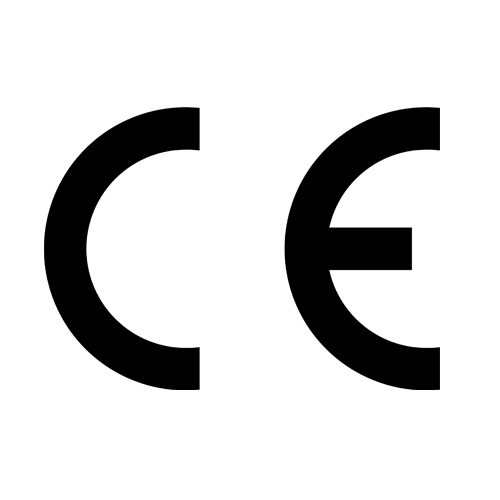The lighting market has experienced remarkable evolution over the past few decades, with technological advancements driving shift from traditional energy-intensive incandescent bulbs toward energy-efficient Light Emitting Diodes (LED) technology. Strong adoption of the technology continues in residential, commercial and industrial applications. Declining costs of these lamps are additionally helping the technology to gain considerable traction, prompting businesses to upgrade to the technology. In the coming years, LED lights are anticipated to witness healthy growth as they become longer lasting and more efficient. Growing consumer awareness on the importance of energy efficiency, coupled with rising number of stringent government regulations regarding less-efficient lighting sources are also anticipated to augment market growth in the coming years. Several governments across the world are promoting LED lights adoption in a big way as they can reduce consumption of electricity for lighting by half, which can be a significant solution to the problem of climate change. Moreover, technological developments and innovations, along with introduction of new product designs by LED light manufacturers are likely to boost growth in the market. Smart LED lighting is expected to be critical for IoT in the future. Smart lighting is considered as the gateway for IoT revolution as LEDs can directly connect with software and sensors, allowing control via AI, smartphone or even simple gestures. Rapid penetration is projected for intelligent LED lighting in residential indoor lighting, security lighting, commercial lighting, lighting of public spaces, energy efficiency lighting in commercial and residential spaces, human-centric lighting at offices, homes and also healthcare facilities, and horticulture lighting, among others.
Amid the COVID-19 crisis, the global market for LED Lighting estimated at US$55.4 Billion in the year 2022, is projected to reach a revised size of US$73.2 Billion by 2026, growing at a CAGR of 5.3% over the analysis period. Lamps, one of the segments analyzed in the report, is projected to record 6% CAGR and reach US$29.8 Billion by the end of the analysis period. After a thorough analysis of the business implications of the pandemic and its induced economic crisis, growth in the Luminaires segment is readjusted to a revised 4.9% CAGR for the next 7-year period. LED luminaires held the largest revenue share, owing to their higher cost as well as widespread usage in various industrial and commercial lighting applications, such as suspended pendants, troffers, track lights, downlights, high bays, and streetlights. The market growth of LED lamps is expected to be primarily attributed to their rising consumption in developing countries owing to their various benefits, including energy efficiency, robustness, and good temporal stability.









